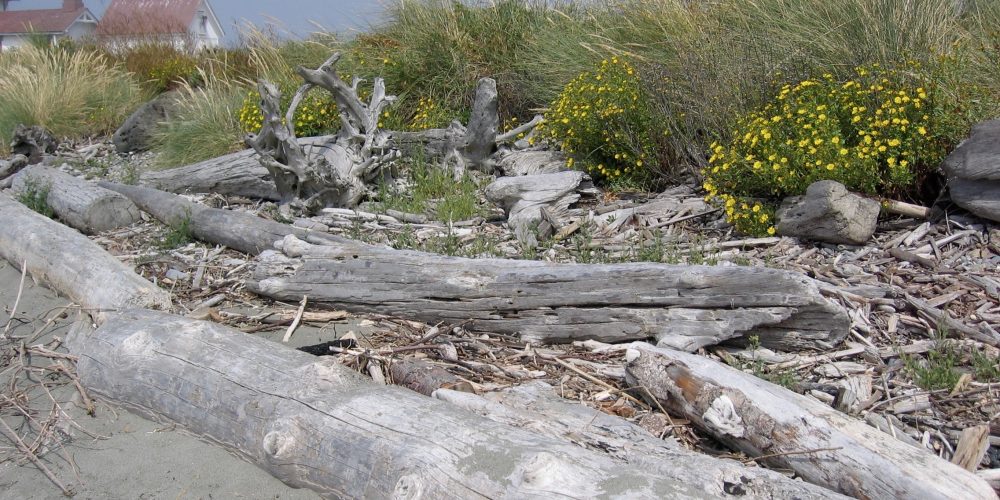Please note that Assignment One may be submitted either as a hard copy at the start of seminar or via e-mail to any of the instructors by 4 p.m. on Thursday, February 2. If you choose the latter option, please combine the main report, the mind map (only if you didn’t complete it during seminar), and the POST worksheet into a single document before attaching it to your e-mail.
This week, lecture focused on the potential role of stress reduction along the pathway linking urban forests to health improvements. This discussion was expanded upon during seminar, which also introduced the concept of “shinrin-yoku” (or forest-bathing) through a presentation and a walk in the woods.
Because we want to make sure you have enough time to devote to Assignment One, all of this week’s readings are optional: a brief section from primatologist Robert Sapolsky’s groundbreaking book on the impacts of stress on health, “Why Zebras Don’t Get Ulcers”; a research article comparing the stress-reduction effects of gardening to those of reading in a garden environment; and a novel approach to testing the role of natural sounds on stress that took advantage of an immersive virtual reality environment.
Please continue to post your comments on lectures and seminars along with any questions that may be inspired by the readings, required and otherwise!
